In order to fabricate CNC machined parts with simple as well as complex shapes, we have to feature different types of cutting tools. More specific, each tool has its purpose. And it is just because of the numerous options in drills, bits and mills that CNC machining is such a versatile manufacturing process. As a designer of mechanical parts it is important to know the different tools and their specific purpose. Only then you will be able to fully design machined parts which are easy producible.
What type of cutting tools do we use to make CNC machined parts?
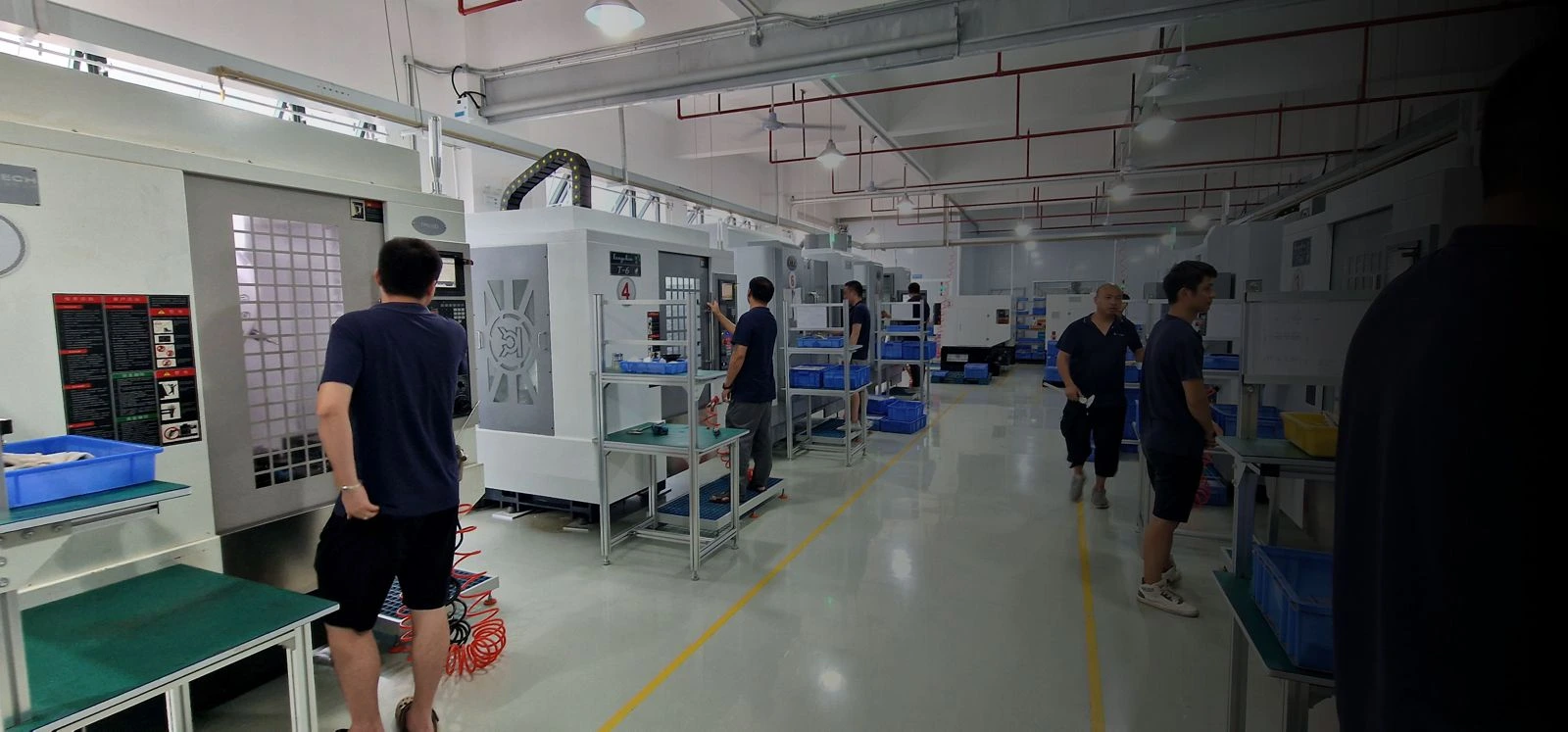
Here are 12 types of cutting tools used to make CNC machined parts?
1.Drill Bits
Drill bits have a shaft with two cutting spirals ending in a conical cutting tip. The angle of the cutting tip is usually 120° and the helical grooves help to evacuate the chips to the outside of the drilled hole.
CNC machining drill bits typically come in three varieties-center, twist, and ejector drills- with each type having different important functions.
You should use center drill bits to precisely create small spots on the workpiece, which can then be drilled properly using a twist drill. In contrast, ejector drills are better suited for deep hole drilling.
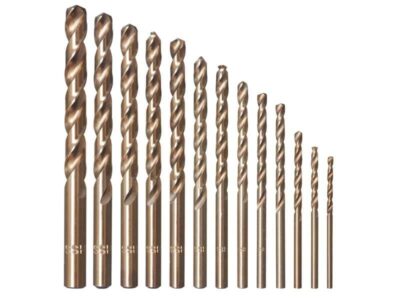
2. End Mill
End mills have a broader application than drills. They usually have four to eight sharp cutting edges and sides. As such, they remove large volumes of material per minute. End mills are the basic cutting tool if you want to CNC machine parts.
Besides the standard end mill, which is the most common, there is the rouging end mill. Rouging end mills are available in many varieties. Their cutting blades are interrupted at the sides in order to remove more material. They are intended to remove material at a fast pace, prior to using a finishing mill. The finishing mill is used to obtain a nice surface.
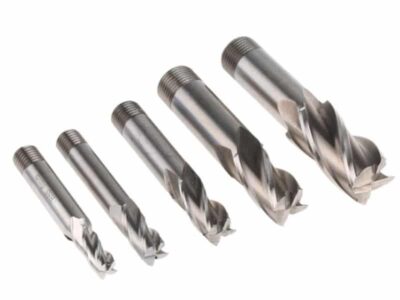
3. Ball end mill
We use Ball end mills to make a spherical cavity, but also to machine curved surfaces. When machining curved surfaces the ball end mill makes a lot of passes close together in order to reduce the forming of small ribs along its path. Therefore the use of ball end mills is slower than a standard end mill, but the result is great.
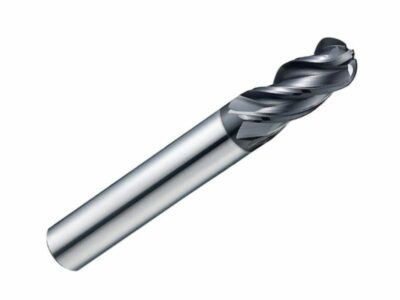
4. Face Mill
The first step when machining a work piece is to make all surfaces flat and straight. Therefore we use a Face mill because it has a big diameter and cuts the material at the bottom of the mill. They are ideal to machine flat surfaces at a high speed. Usually, this kind of mill has a bigger body with replaceable cutting blades.
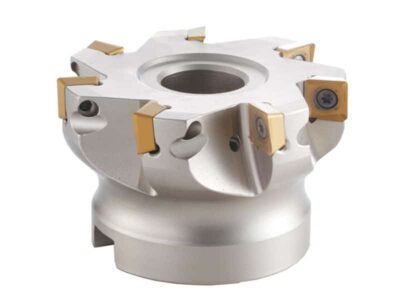
5. Reamers
Mostly it is not possible to drill a hole to a diameter with a specific tolerance. We use reamers to obtain holes with a certain predefined tolerance. There are tolerance table that help to select the right tolerance per hole diameter. For each of those tolerances there is a reamer available. Specific diameters are used with specific axle diameters in order to obtain a specific fit such as tight fit, smooth fit, loose fit.
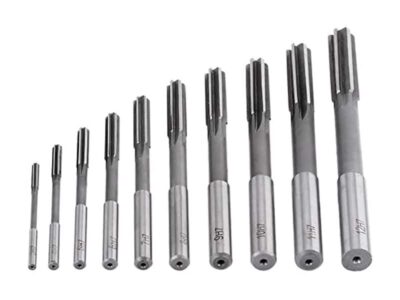
6. External round mill
With external round mills we form a radius on an external edge. The result is a rounded edge.
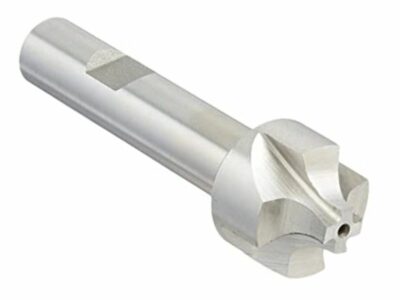
7. Hollow Mill
Hollow mills are similar to end mills. The difference is that they have a central hole. In this way it is possible to machine a stud with a certain diameter only by cutting downwards.
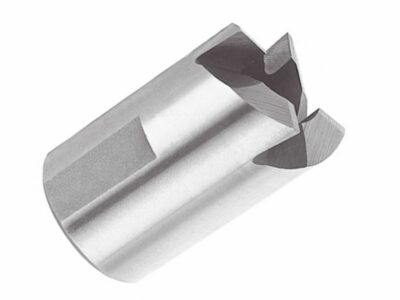
8. Thread tap
Threaded holes are very common in machined parts. Or we use them to mount electronics, or we use them to mount different mechanical parts together. We use thread taps to make thread in a hole. That is call internal thread. There are different standards of thread such as the Metric standard and UNC.
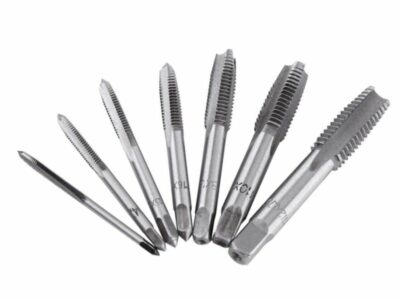
9. Thread cutting mill
Also called a thread cushion, this type of mill, as the name suggests is used to cut external thread. External threads, like those on bolts have many purposes.
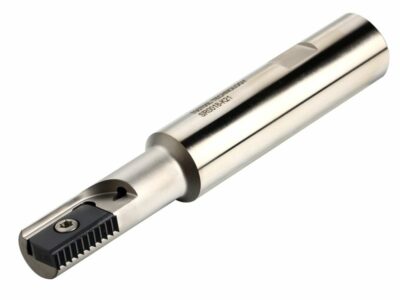
10. Fly cutter
When you want to make a rough surface flat and smooth quickly, it is better to us a Fly cutter. This type of mill has a long arm and only cuts at the tip. Because of the bigger diameter, the slab mill has an increased cutting speed
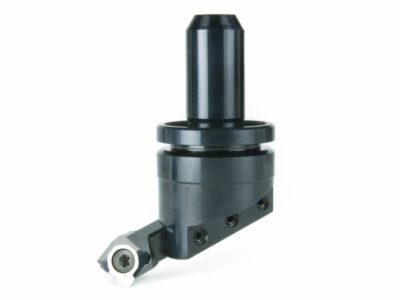
11. T-shape mill/slitting saw
T-shape mills form undercuts and grooves in the direction normal to the rotation axis of the cutting tool. Whereas slitting saws in comparison to T-shape mills, are used to make a thin cut along a vertical surface.
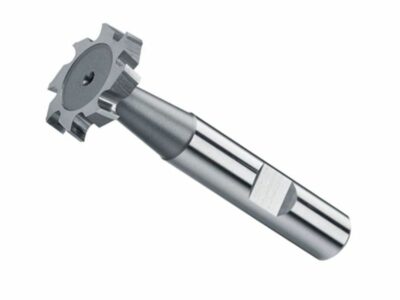
11. Countersink mill
Chamfers on holes and edges are machined with countersink mills. In order to obtain a nicely round countersunk hole it is important to reduce the rotation speed of the cutting tool.
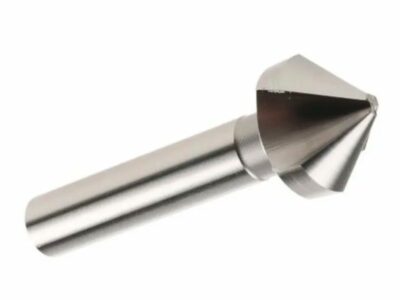
Which materials are cutting tools made off?
Carbon Steel
Commonly used cutter material to machine soft metals such as aluminum, brass and magnesium. More specific, mills and other cutting tools made of carbon steel have an excellent price-quality ratio. At the same time, they offer a good machinability. To clarify, these tools are made from an alloy with up to 1% carbon.
High-Speed Steel
High-speed steel is very similar to carbon steel. Except, they are alloyed with additives like Chromium, vanadium, tungsten and cobalt. Sometimes we call them HSS cutting tools. Nevertheless, an advantage of High speed steel tools is their good temperature resistance and durability. With HSS cutting tools we machine aluminum as well as steel components.
Carbide
Carbide tools have carbon and tungsten. This is a combination of first two types of materials used to make cutting tools. The advantage of carbide tools is their resistance to heat, corrosion and high temperatures. In addition, they can handle heavy machining.
Ceramic
Mills made of ceramic material have a very high efficiency. In addition, they are heat and corrosion resistant what makes them very suitable for CNC machining of steel as well as hard alloys of steel.
